Blogs & News
We are focus on automotive wiring harness & connectors technology.
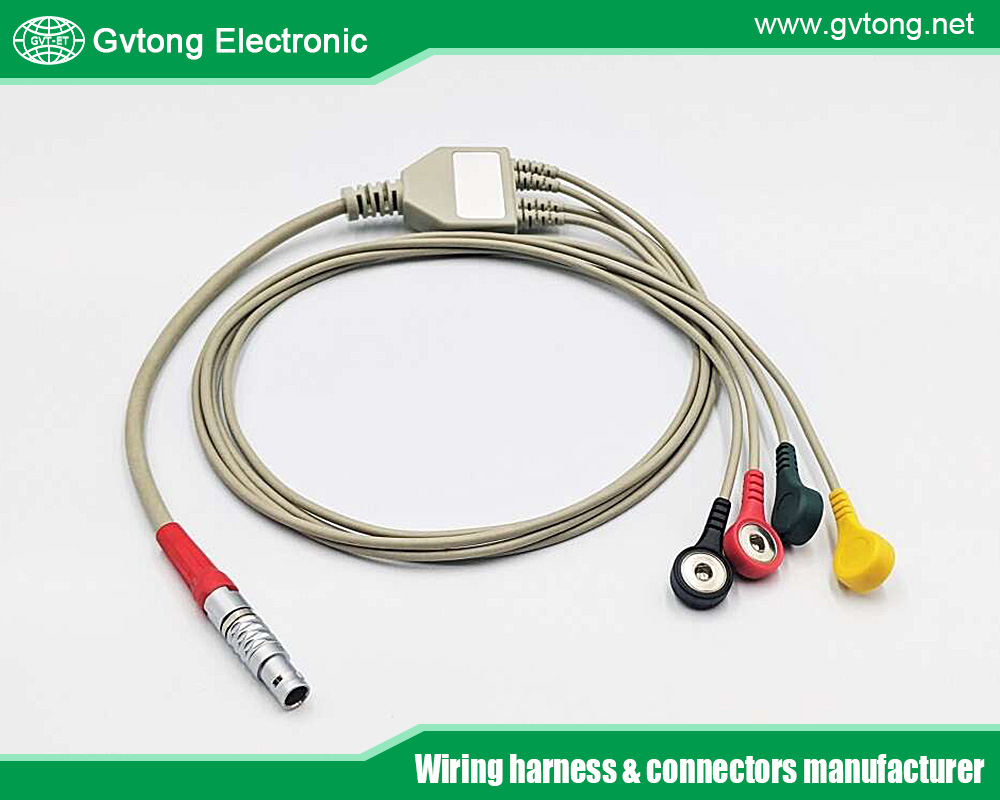
What You Need To Know About Automotive Signal Terminals And Connectors
- Gvtong Electronic
- Automotive Connector Terminal China, Automotive Connector Terminals, automotive connectors and terminals, Automotive electrical connectors types, automotive signal terminals and connectors, automotive signal terminals and connectors manufacturers, automotive signal terminals and connectors manufacturers China, Automotive Terminals for Efficient Cable Connections, Automotive Wire Terminals and Materials, automotive wiring harness connectors and terminals, China Automotive Electrical Connectors Manufacturers, China Customized Automotive terminal block connector, China Wire Harness Connector Manufacturers, Custom Automotive Connector Terminals, Custom Automotive Connector Terminals China, oem automotive wiring connectors, Terminals and Connectors Manufacturer in China
- No Comments
What You Need To Know About Automotive Signal Terminals And Connectors
Automotive signal terminals and connectors are fundamental components of a vehicle’s electrical system, serving as the critical links that enable electrical signals and power to flow between various parts of a car. From turning on the headlights to powering advanced driver assistance systems (ADAS), these small yet essential components ensure that a vehicle operates reliably and efficiently. As modern vehicles become increasingly dependent on electronics, understanding the role, types, design, and future trends of automotive signal terminals and connectors is more important than ever. This article provides a comprehensive overview of these components, covering their purpose, varieties, materials, applications, maintenance, and what lies ahead in their evolution.
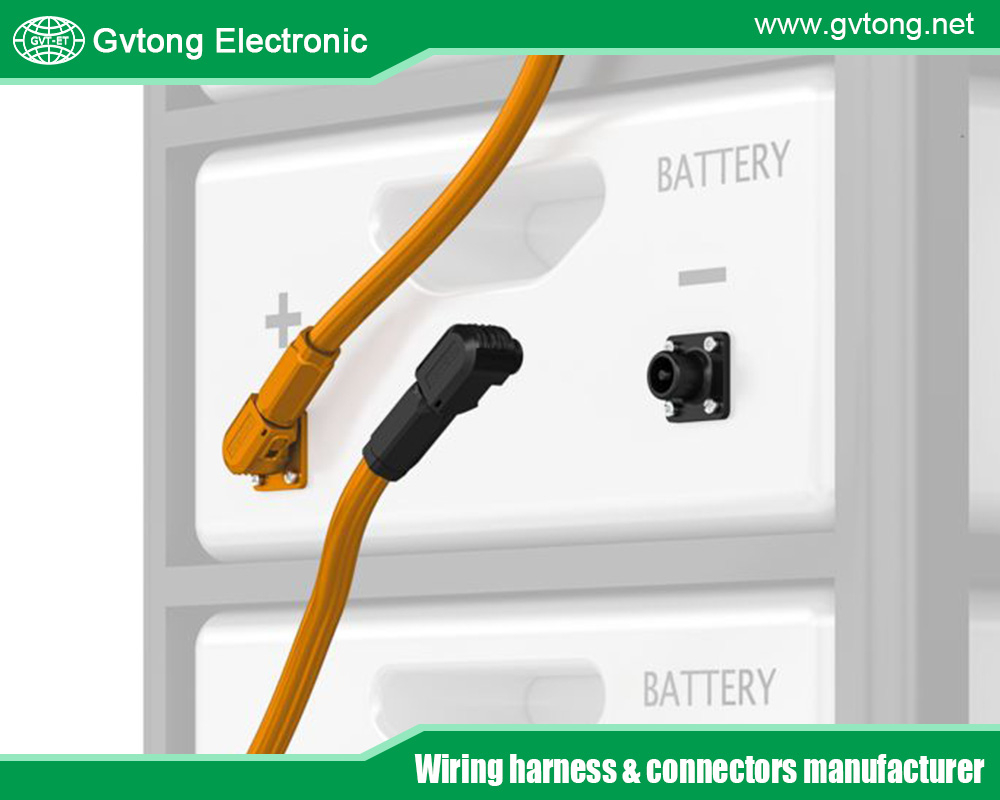
Introduction to Automotive Signal Terminals and Connectors
At their core, automotive signal terminals and connectors are the interfaces that facilitate the transmission of electrical signals and power within a vehicle. Terminals are the metal components that make direct electrical contact, while connectors are the assemblies—often including a housing—that hold terminals together and ensure a secure, reliable connection. Together, they form the backbone of a vehicle’s wiring harness, connecting everything from the battery to sensors, actuators, and control units.
The importance of these components cannot be overstated. In a modern vehicle, hundreds or even thousands of connections may be required to support functions ranging from basic lighting and ignition to sophisticated systems like infotainment, navigation, and autonomous driving features. Without reliable terminals and connectors, these systems would fail, compromising both vehicle performance and safety.
As vehicles evolve, so do the demands placed on these components. The rise of electric vehicles (EVs), hybrid systems, and advanced electronics has pushed the boundaries of what terminals and connectors must achieve, making them a key focus for automotive engineers and manufacturers.
Types of Signal Terminals and Connectors
Automotive terminals and connectors come in various forms, each designed to meet specific electrical and mechanical requirements. Below are some of the most common types:
Pin and Socket Connectors
Pin and socket connectors are among the most widely used in automotive applications. They consist of male pins that insert into female sockets, creating a secure electrical connection. These connectors are versatile, handling everything from low-current signals (e.g., sensor data) to higher-current power distribution (e.g., battery connections). Their modular design makes them ideal for wiring harnesses and multi-pin applications.
Blade Connectors
Blade connectors feature flat, blade-like terminals that slide into matching receptacles. Commonly found in fuse boxes, relay connections, and power distribution modules, they are valued for their simplicity and ease of use. Blade connectors are particularly suited for applications requiring frequent disconnection and reconnection.
Ring and Spade Terminals
Ring and spade terminals are typically used for grounding or connecting to battery posts and studs. Ring terminals have a circular hole that fits over a stud and is secured with a nut, providing a robust, vibration-resistant connection. Spade terminals, with their fork-like shape, can be slipped under a screw head, offering a quick and removable connection option.
Specialized Connectors
Certain automotive systems demand specialized connectors. For instance, high-speed data transmission—such as that required for infotainment systems or ADAS—may use coaxial or fiber optic connectors to maintain signal integrity. High-current applications, like those in electric vehicles, rely on heavy-duty connectors capable of handling significant power loads without overheating or degrading.
Each type of terminal and connector is chosen based on the specific needs of the application, balancing factors like current capacity, environmental conditions, and ease of assembly.
Materials and Manufacturing
The performance and durability of automotive terminals and connectors depend heavily on the materials used and the processes employed to manufacture them.
Materials
Metals: Copper and brass are the go-to choices for terminals due to their excellent electrical conductivity and resistance to corrosion. In high-performance applications, terminals may be plated with gold or silver to further enhance conductivity and reduce wear. Steel is occasionally used for structural components where strength is prioritized over conductivity.
Plastics: Connector housings are typically made from durable, heat-resistant plastics such as nylon or polybutylene terephthalate (PBT). These materials must withstand the harsh automotive environment, including temperature extremes, moisture, and chemical exposure.
Manufacturing Processes
Stamping: Metal terminals are often formed by stamping sheet metal into precise shapes. This process is cost-effective and allows for high-volume production with consistent quality.
Molding: Plastic housings are created through injection molding, which ensures uniformity and the ability to incorporate complex features like locking mechanisms or sealing grooves.
Assembly: Terminals are inserted into housings, often using automated machinery to achieve precision and speed. Additional steps, such as crimping wires to terminals, complete the connector assembly.
Quality Standards
Quality control is paramount in automotive manufacturing. Standards like ISO/TS 16949 (now part of IATF 16949) set rigorous requirements for reliability, ensuring that terminals and connectors can endure the demanding conditions of vehicle operation, from vibration and shock to prolonged exposure to heat and humidity.
Design Considerations
Designing effective automotive terminals and connectors requires balancing electrical, mechanical, and environmental factors:
Electrical Performance
Connectors must carry the required current without excessive voltage drop or heat buildup. For signal applications, they need to preserve data integrity, particularly at high frequencies where noise and interference can degrade performance. Contact resistance, insulation, and shielding are critical design parameters.
Mechanical Performance
Vehicles are subject to constant vibration, shock, and thermal expansion, so connectors must be durable and secure. Features like locking mechanisms and strain relief ensure connections remain intact over thousands of mating cycles and years of use.
Environmental Considerations
The automotive environment is unforgiving, with components exposed to temperature swings (from -40°C to over 100°C), moisture, road salt, oils, and other chemicals. Connectors often incorporate seals—such as O-rings or gaskets—and corrosion-resistant materials to protect against ingress and degradation.
A well-designed connector strikes a balance between these factors, delivering reliable performance tailored to its specific role in the vehicle.
Applications in Vehicles
Automotive terminals and connectors are ubiquitous, supporting a wide range of systems:
Power Distribution
From the battery to the alternator, fuse box, and beyond, connectors distribute power to every electrical component in the vehicle. High-current connectors are especially critical in EVs, where battery packs deliver hundreds of volts to the drivetrain.
Sensor and Actuator Connections
Sensors (e.g., oxygen sensors, temperature sensors) and actuators (e.g., fuel injectors, throttle valves) rely on connectors to transmit signals and power. These connections must be precise and reliable to ensure accurate data and control.
Communication Networks
Modern vehicles use communication protocols like Controller Area Network (CAN) bus or Local Interconnect Network (LIN) bus to link electronic control units (ECUs). Connectors for these systems are designed to handle data transmission with minimal latency and interference.
Infotainment Systems
Audio, video, navigation, and connectivity features in infotainment systems depend on connectors for power and high-speed data. These systems often require compact, shielded connectors to fit tight spaces and maintain signal quality.
The diversity of applications underscores the need for a wide range of terminal and connector designs, each optimized for its specific purpose.
Maintenance and Troubleshooting
Even the best connectors can encounter issues over time. Common problems include:
Corrosion
Moisture, salt, or chemicals can corrode metal terminals, increasing resistance and potentially causing circuit failure. Corrosion is a leading cause of electrical faults in older vehicles or those in harsh climates.
Loose Connections
Vibration and thermal cycling can loosen connectors, leading to intermittent contact or complete disconnection. This is often seen in high-vibration areas like the engine bay.
Wear and Tear
Repeated mating and unmating—such as during repairs or component replacement—can wear out terminals, reducing their ability to maintain a solid connection.
Diagnostic and Repair Techniques
Visual Inspection: Check for signs of corrosion, damage, or loose fittings.
Continuity Testing: Use a multimeter to verify electrical continuity across the connector.
Diagnostic Tools: Scan for error codes that may point to specific circuits or connectors.
Repair: Clean corroded terminals with contact cleaner, tighten loose connections, or replace damaged components as needed.
Regular maintenance, such as applying dielectric grease to prevent corrosion, can extend the life of connectors and prevent costly failures.
Future Trends
The automotive industry is undergoing a transformation, and terminals and connectors are evolving to meet new challenges:
Advancements in Materials and Design
New materials, such as lightweight alloys or high-performance polymers, promise improved durability and reduced weight. Miniaturization is also a focus, as space constraints grow in densely packed vehicle electronics.
Electric and Autonomous Vehicles
EVs demand connectors capable of handling high voltages and currents, such as those used in battery packs and charging systems. Autonomous vehicles, with their arrays of sensors and processors, require high-speed data connectors to process real-time information from cameras, radar, and LIDAR.
Standardization and Compatibility
As vehicles become more modular and connected, standardized connectors can streamline manufacturing, reduce costs, and simplify repairs. Efforts like the adoption of USB-C or automotive Ethernet reflect this trend toward universal solutions.
These advancements will shape the future of automotive terminals and connectors, ensuring they keep pace with the industry’s shift toward electrification, autonomy, and connectivity.
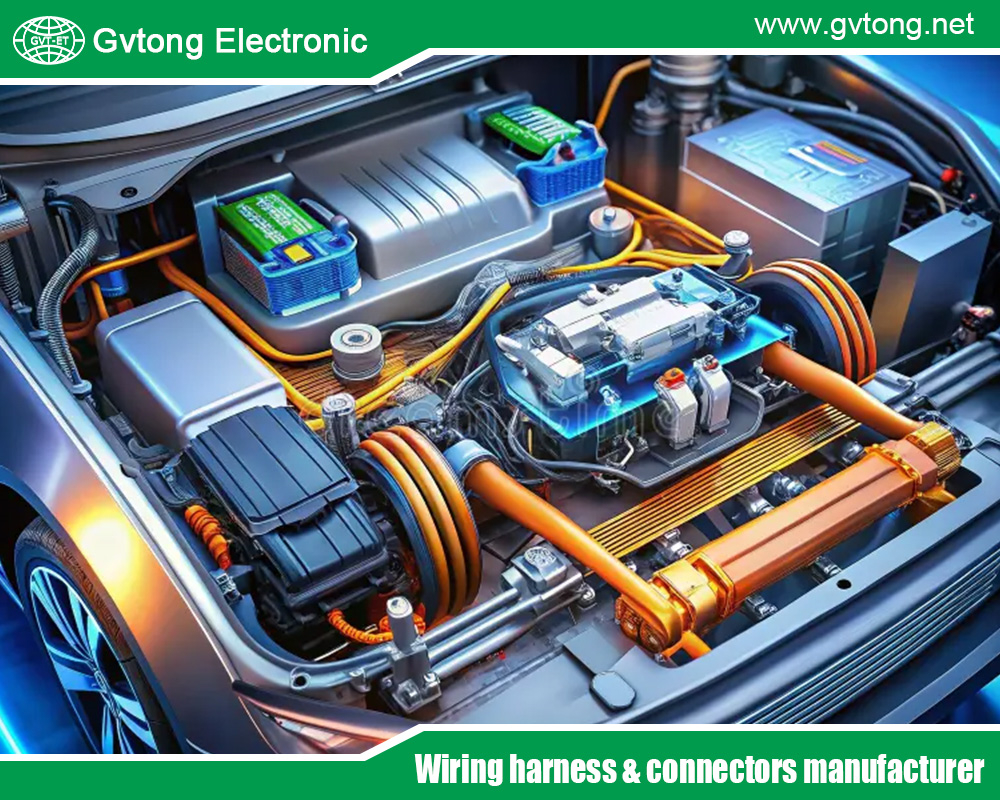
Conclusion
Automotive signal terminals and connectors may be small, but their role in a vehicle’s electrical system is immense. They enable the seamless flow of power and data that modern cars rely on, from basic functions to cutting-edge technologies. By understanding their types, materials, design considerations, applications, and maintenance needs, we gain insight into the engineering that keeps vehicles running smoothly. As the automotive landscape evolves, these components will continue to adapt, playing a pivotal role in the next generation of transportation. Whether you’re a designer, technician, or enthusiast, knowing the ins and outs of automotive terminals and connectors is key to navigating the electrified, connected future of mobility.
For more about automotive signal terminals and connectors, you can pay a visit to Gvtong at https://www.gvtong.net/products/ for more info.
Recent Posts
The Best GR Series-Circular Connectors Manufacturer
The Best GD Series Combined Power Connector Manufacturer
A Guide to Selecting the Best GH Series Plastic Connector Manufacturer
How High Pressure Connectors Work?
The Best Automotive Connector Companies
Tags
Recommended Products
-
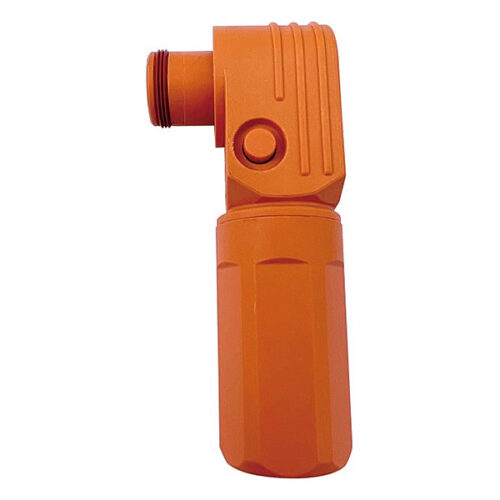
Energy storage connector 8.0mm
-
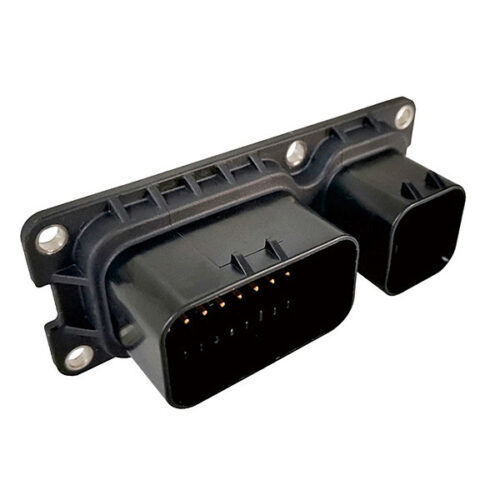
Combination connector-31 core (8+23) socket
-
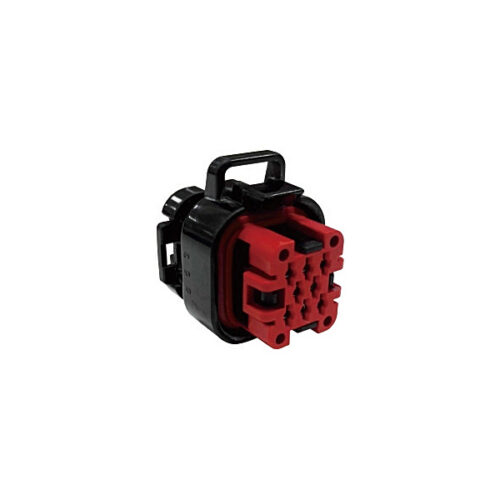
Signal connector – waterproof, three-row, 8-pin
-
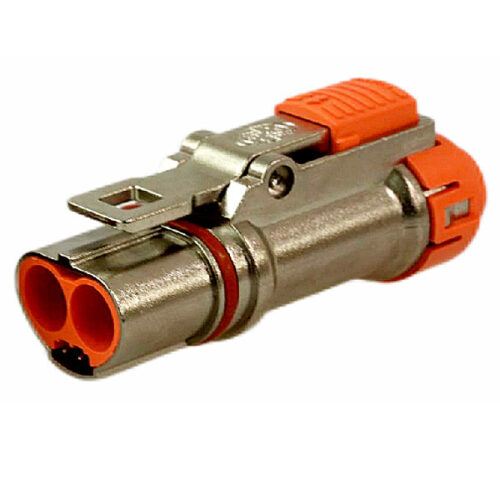
GM Series-3.6mm-2-core Metal Connector
-
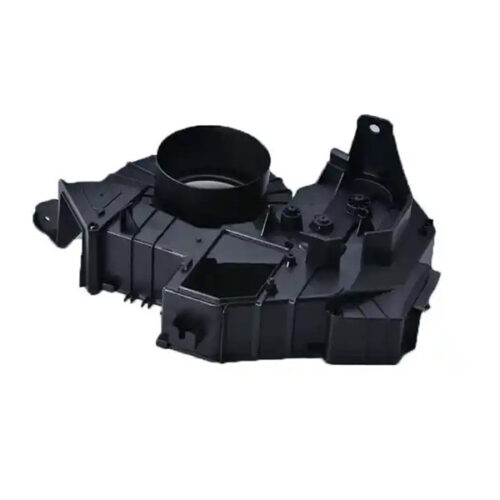
Automotive Plastic Injection Parts
-
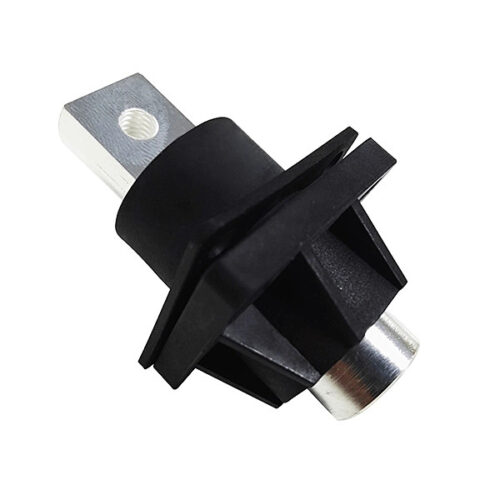
Five-in-one terminal
-
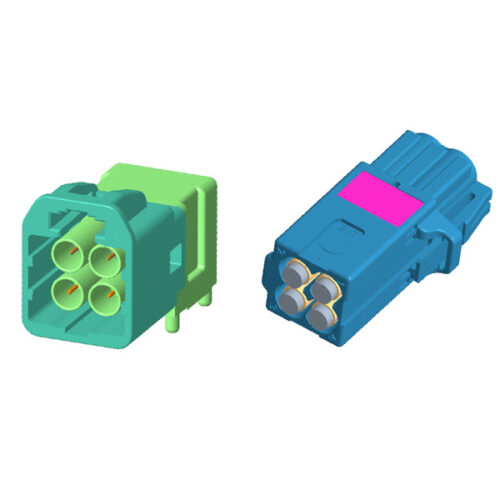
Automotive RF MINI FAKRA Four-Core Connector, Quad Port, PCB Through Hole, Right Angle, Plug, 50 Ohm
-
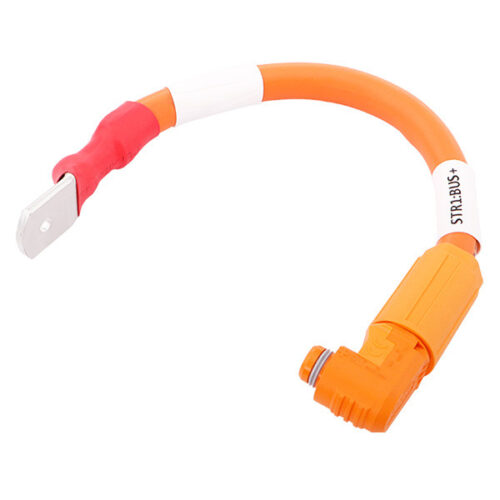
Energy storage wiring harness
